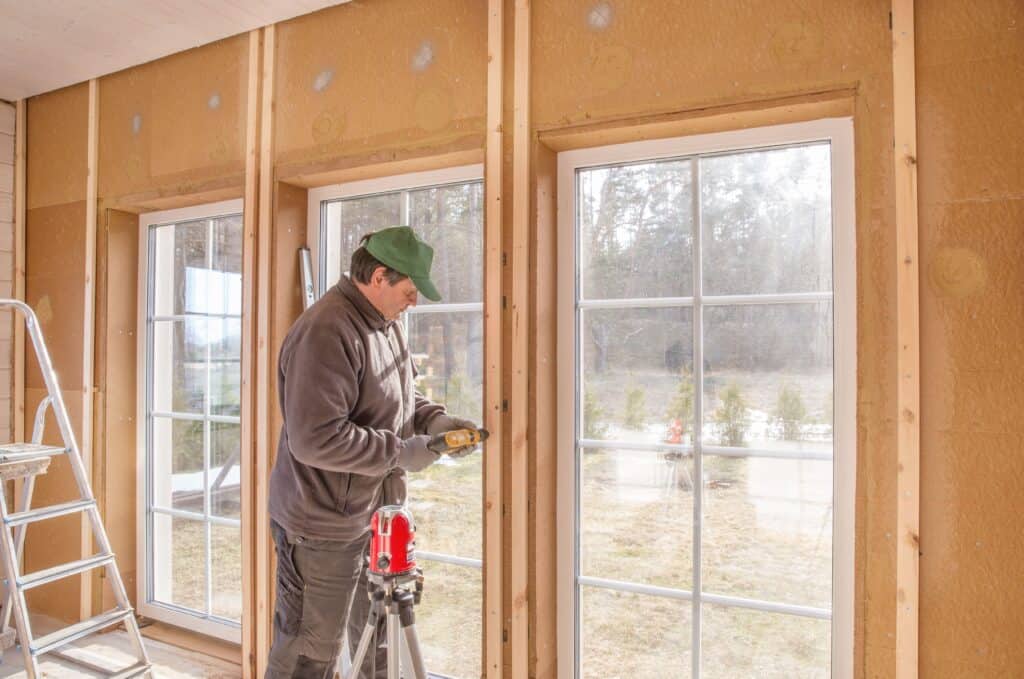Summer Roofing Issues: Blistered Shingles
What causes roof shingles to blister?
In this series, we’re covering things that can go wrong with your roof in the summer. This article covers blistered shingles.
- What are they?
- How do they shorten your roof’s life?
- What can you do about blistered shingles?
We’ll answer all of these questions and more.
Although asphalt shingles are the most popular choice of shingles in roofing, that doesn’t mean they’re the easiest to maintain especially in extreme temperatures. They are noted for their durability, but any shingle is prone to heat issues. Unfortunately, asphalt shingles are more likely to cause problems with blistering. It’s good to know how this happens and what to look for so blistering doesn’t shorten the life of your roof.
What causes shingles to blister?
Moisture gets trapped inside the material during the manufacturing process sometimes and once the shingle is exposed to sunlight, the moisture heats up and causes the shingle to blister. This is one way that a shingle can blister.
Another cause for blistered shingles is poor ventilation. Sometimes if air is not circulating properly in the attic, a moisture and heat combination can cause mold growth and the heat can cause blistering on the shingles above the attic.
If you chose quality shingles with a protective granule coating, then the shingles most likely will not blister and cause roof damage. However, nothing is foolproof, so even these blisters could dislodge the protective granules, leaving the roof exposed to harmful UV rays.
How do you recognize blistering?
Blisters on a roof look a bit like human blisters. They are puffy bubbles protruding from inside the shingle. If you have metal, wood, clay, concrete, composite, or slate shingles, this will not be a problem. Blistering only occurs in asphalt shingles. Unfortunately, this is the result of poor manufacturing or faulty roofing installation.
What happens is during the lamination process, moisture gets trapped between the layers that compose the shingle. When the shingle is heated during the curing process, gas expands from the trapped moisture and creates bubbles beneath the shingle’s top layer. This causes the bubble-like formations that you’ll notice on top of your roof’s surface. Sometimes a blister can occur as a result of the manufacturer applying too much adhesive during installation. This can be detected by noticing a similar pattern on the excessive adhesive side of the shingle. In other words, if the adhesive pattern matches the blister’s pattern, then it’s most likely because of the manufacturer’s over-application of adhesive. An experienced roofing contractor can spot and determine what caused your roof to blister. Whether its poor installation or low quality roofing materials, blistering can become a big problem, and it’s best to take care of it as soon as you notice it. This will prolong your roof’s life and save you money.
How to fix blistering of roof shingles
If your roof is properly installed with quality roofing materials, then blistering will most likely not occur. Hiring an experienced roofing contractor can reduce the potential of issues like blistering from developing.
TruBlue Roofing and Remodeling has over a decade of experience roofing and repairing roofs in the Raleigh and coastal North Carolina areas. TruBlue Roofing and Remodeling uses only high-grade quality roofing materials and shingles. Our crew of roofing specialists know what to look for and how to repair and replace problematic shingles.
An experienced roofing contractor like TruBlue Roofing and Remodeling can spot signs of blistering. Contact us today at (919) 589-7290 for a free roofing inspection and estimate.
Check out these blogs about other summer roofing problems and repairs:








